Naples
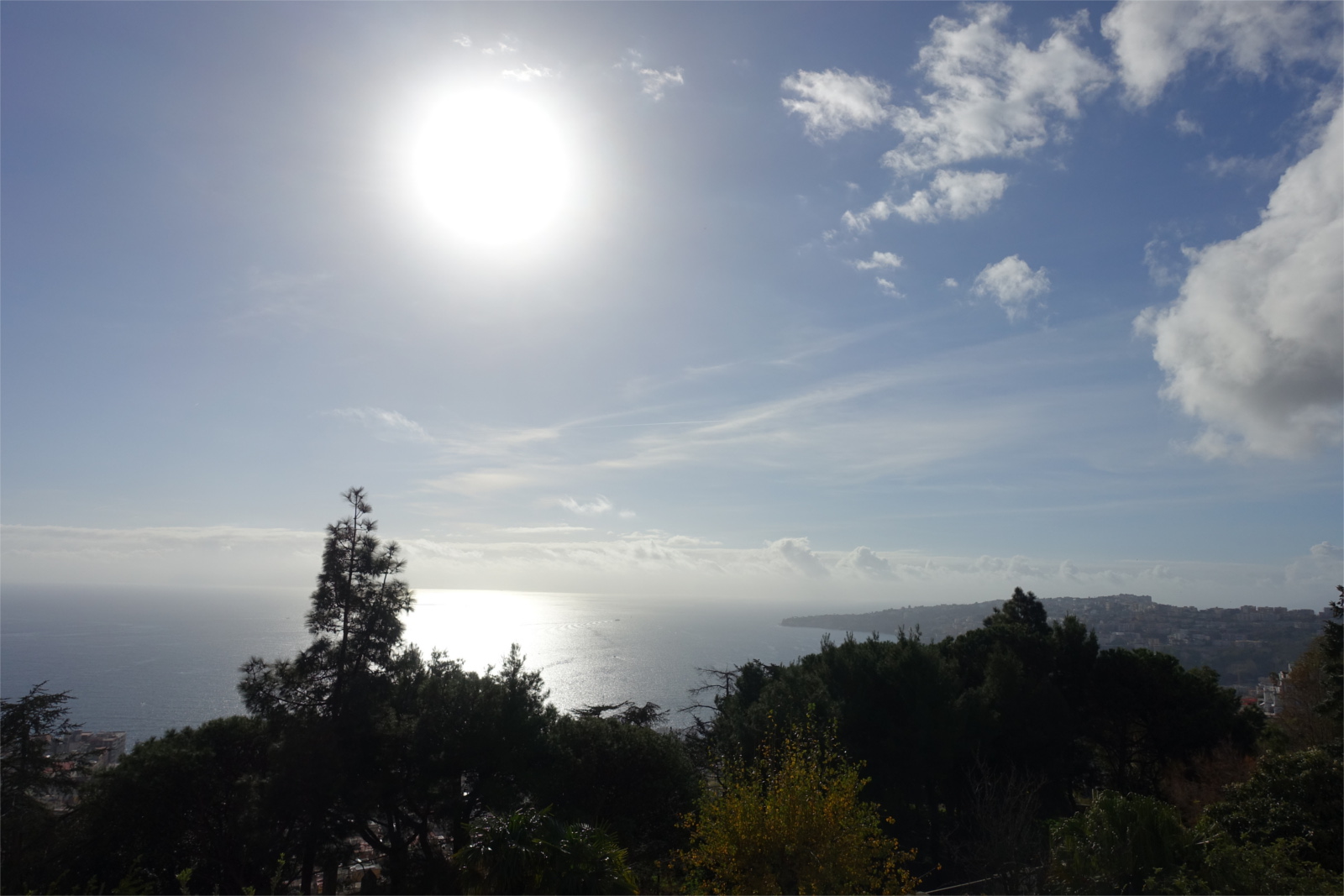
ⅰ)Nature
This land of Naples, this happy land, is separated from the rest of Europe by the sea and the dangerous country through which you must pass to reach it. They say that nature wanted to reserve the secret of this delightful region, and so she surrounded it with perils. Rome is not the true south; it has some of its sweetness, truly, but enchantment really begins in the kingdom of Naples. (Corinne XI-1)
Gothic edifices and feudal castles are rarely seen, with souvenirs of ancient Rome reigning alone across the ages, in spite of the people who vanquished them. (Corinne XI-1)
Nothing in our climate resembles the perfume of the citron in full bloom; it produces in the imagination the same effect as melodious music, steeps your soul in poetry, and intoxicates you with nature. The aloes and large-leaved cacti that show themselves at every turn have characteristics of their own and recall the marvelous natural productions of Africa. These plants inspire as much awe as admiration, for they seem to belong to a nature—at once violent and powerful. The whole aspect of the country is strange; you feel like you are in another world … a world you dreamed only dwelt in the minds of ancient poets but you find they have painted, in words faithful and true, a living, breathing reality. (Corinne, XI-1)

ⅱ)Catacombe di Napoli and Lazzaroni
In Naples, there is a subterranean grotto where thousands of Lazzaroni spend their lives, only going out at midday to bask in the sun for a time, sleeping while their wives spin. (II-2) (By the way, such anecdotes about Lazzaroni have been historically groundless.)
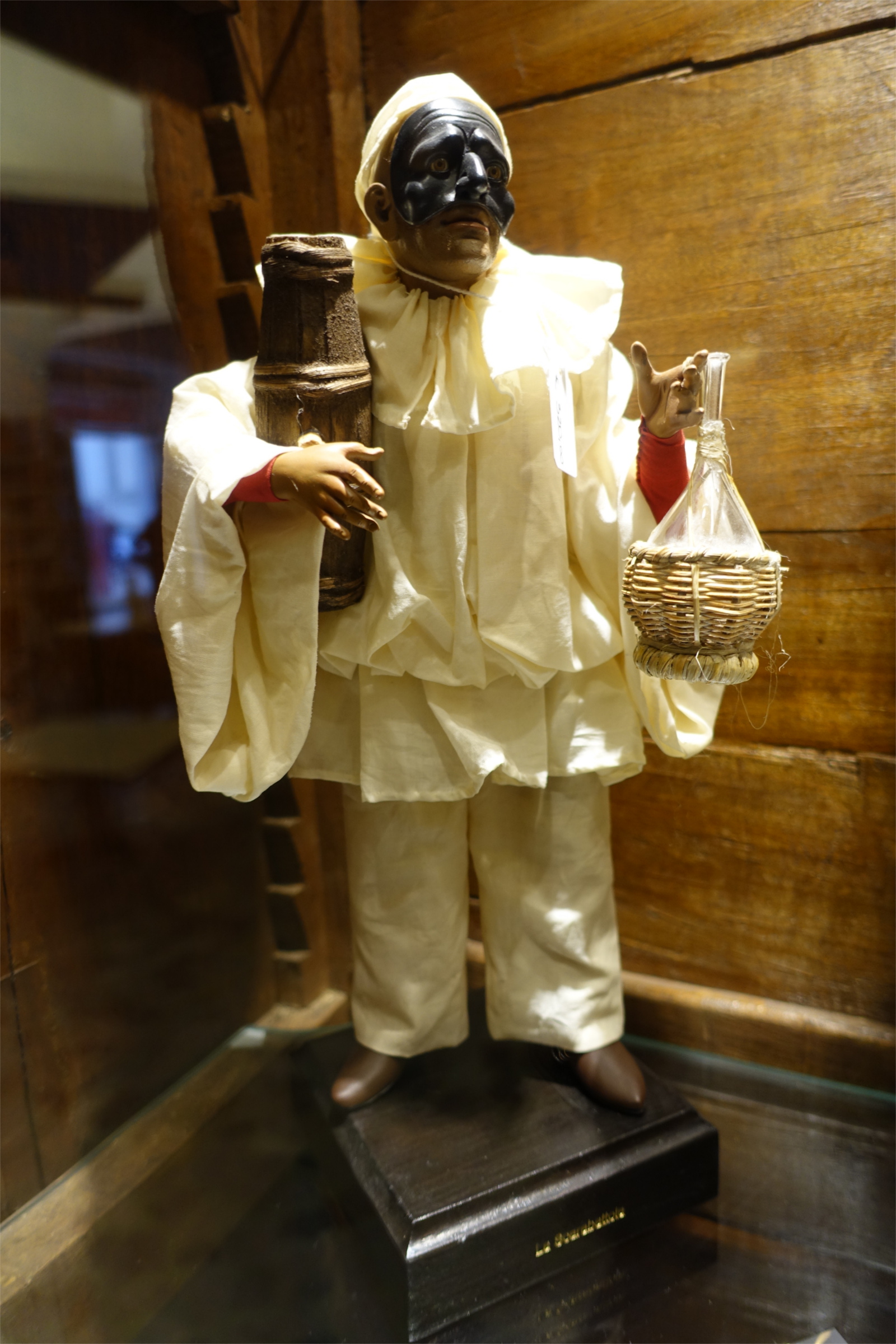
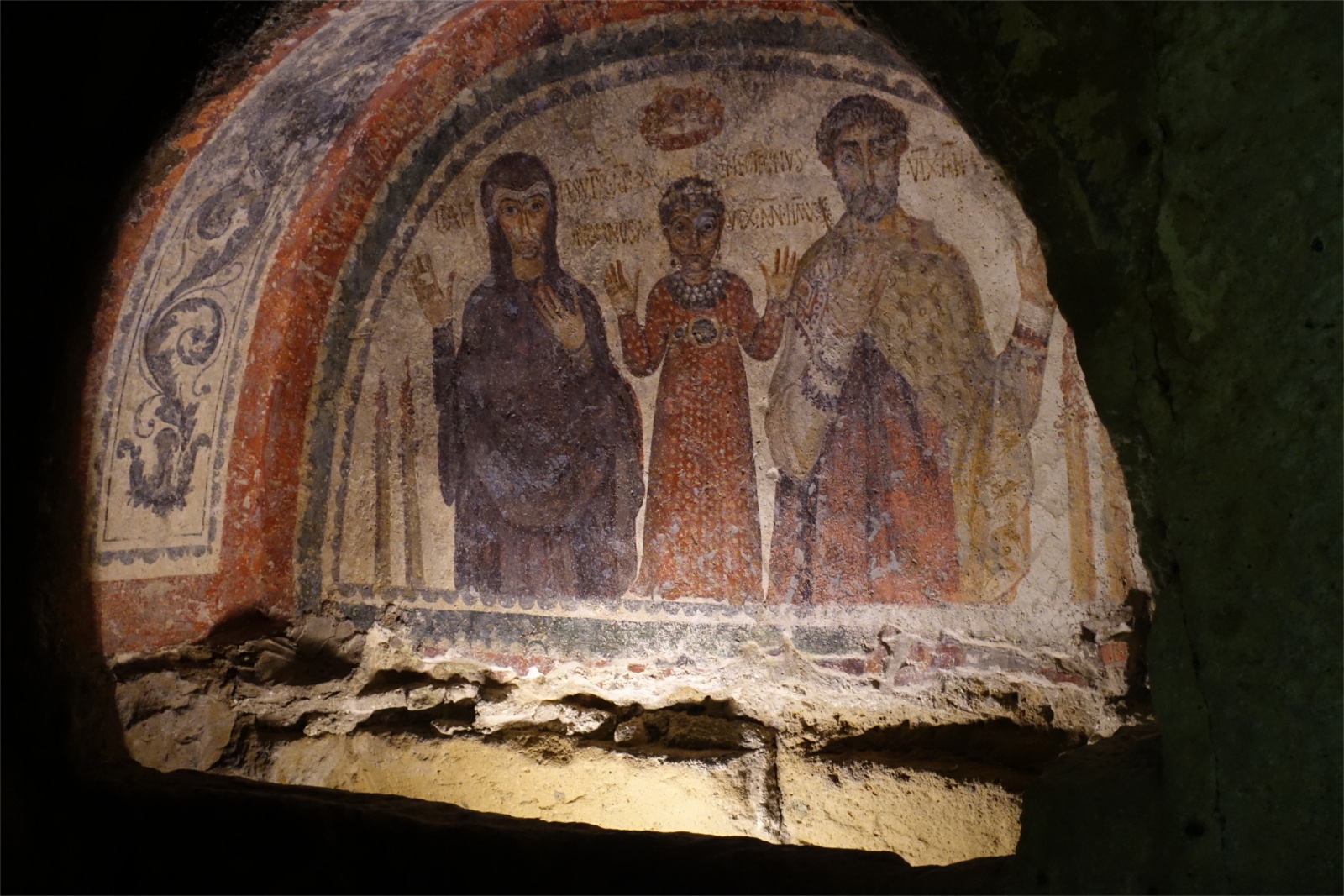
ⅲ)Orient
The opposite African shores […] are intensely Numidian – the brown complexions, the garments composed of red or violet cloth with bright color that attracts the eye. Often these outfits are ragged, but draped around their figures artistically, so as to give a picturesque appearance to the populace and to look better than more civilized garments. (II-2, 193)
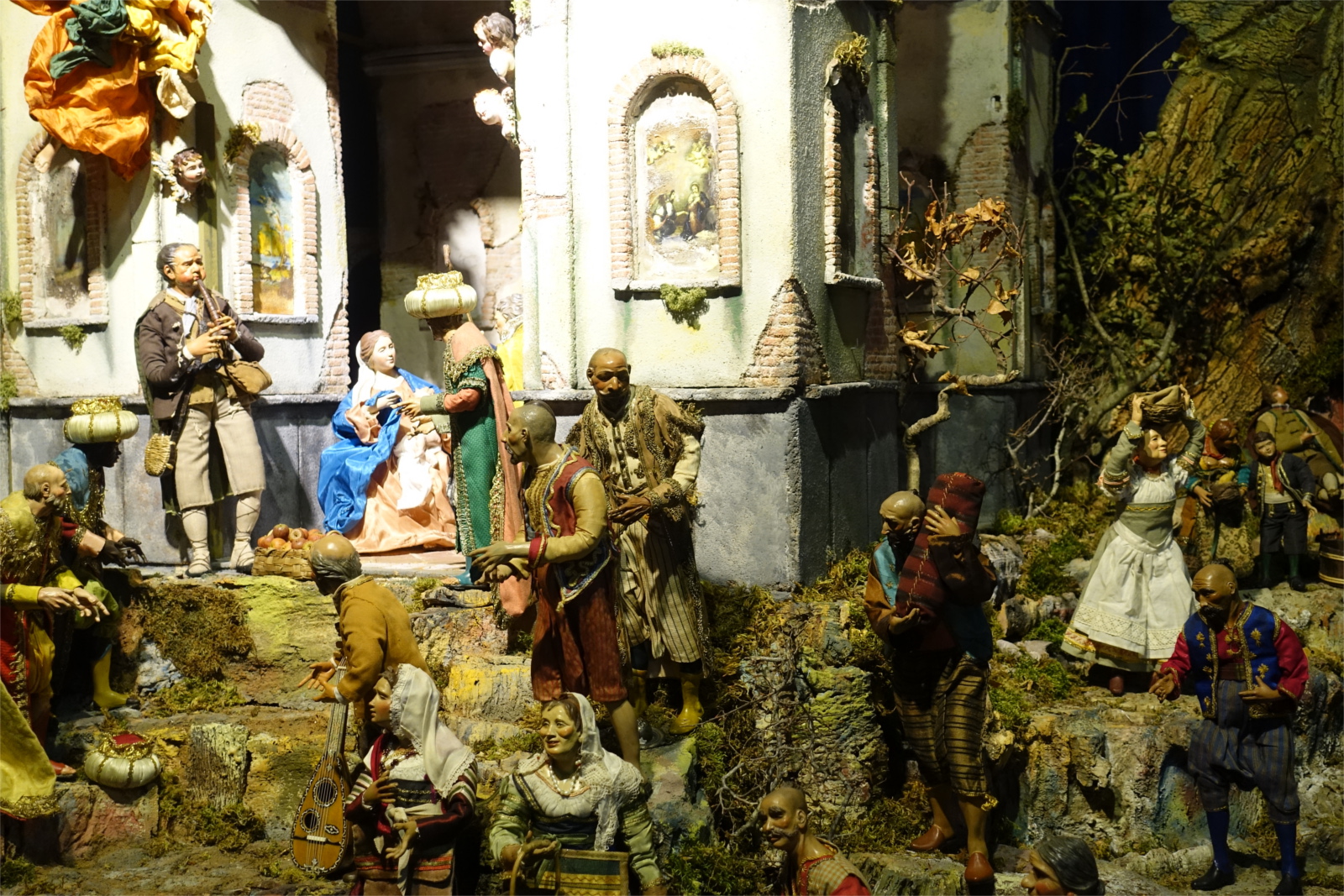
ⅳ)Pompei
Scholars who occupy themselves by merely getting together a succession of names and calling it history are surely devoid of imagination; to penetrate the past, to interrogate the human heart across the ages, to seize a fact by a word and the character and manners of a nation by a fact, to go back to remote times, and to judge by the few remains how the earth appeared to man in his youth, and how man sustained the gift of life, and what civilization has accomplished meanwhile – this is a continual effort of the imagination, as it tries to discover the delightful secrets that reflection and study can reveal to us. (2-IV)
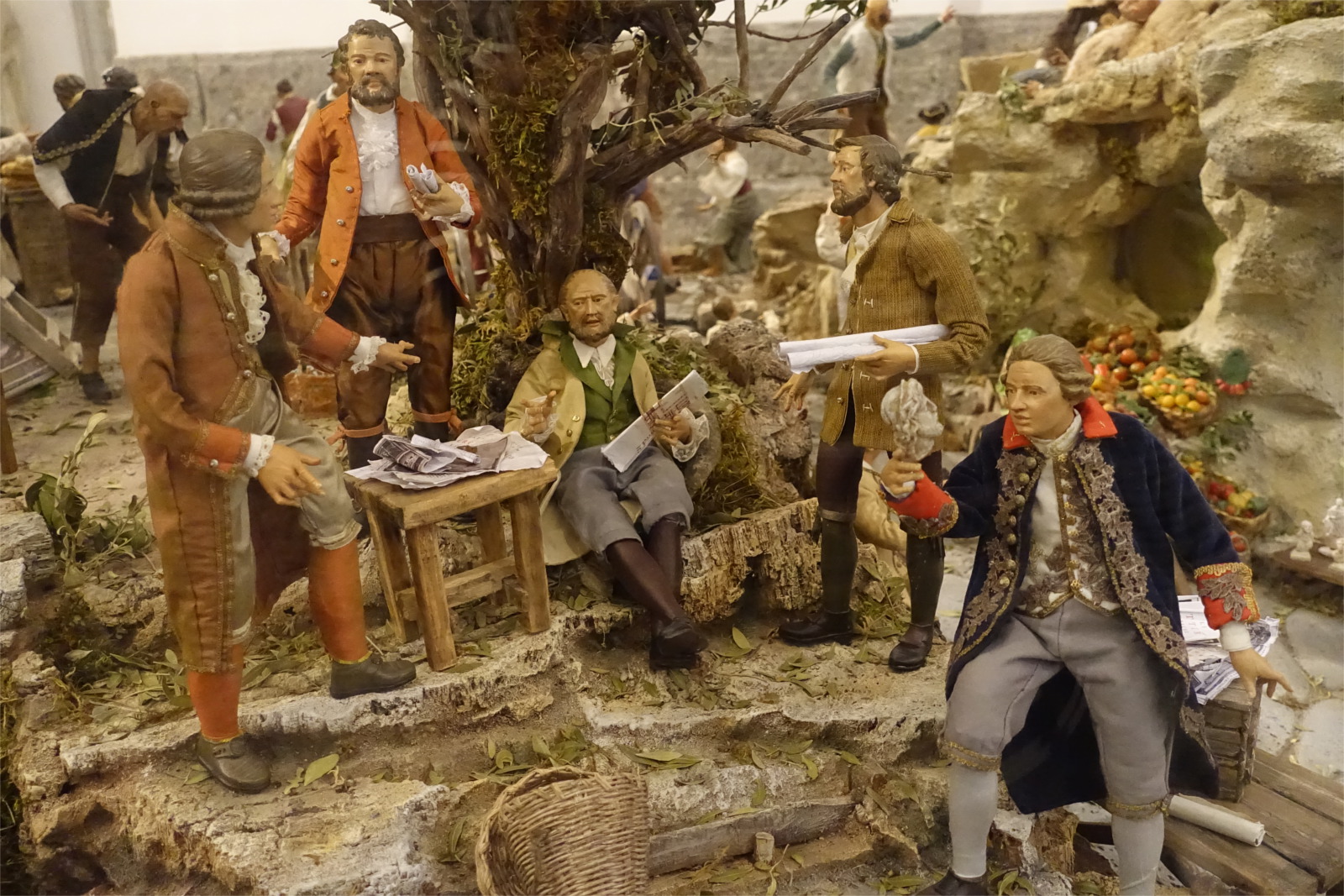
In Rome, you simply find the relics of antiquity, and in these you just trace the political history of past ages. At Pompeii, the private life of the ancients offers itself for your reflection. The volcano that covered this city with cinders has preserved it from the ravages of time. If the buildings had been exposed to the air, they would have decayed, but this buried remembrance is perfectly preserved. Pictures and bronzes have all their original beauty, and vessels of domestic use are in a state of complete preservation. (2-IV)
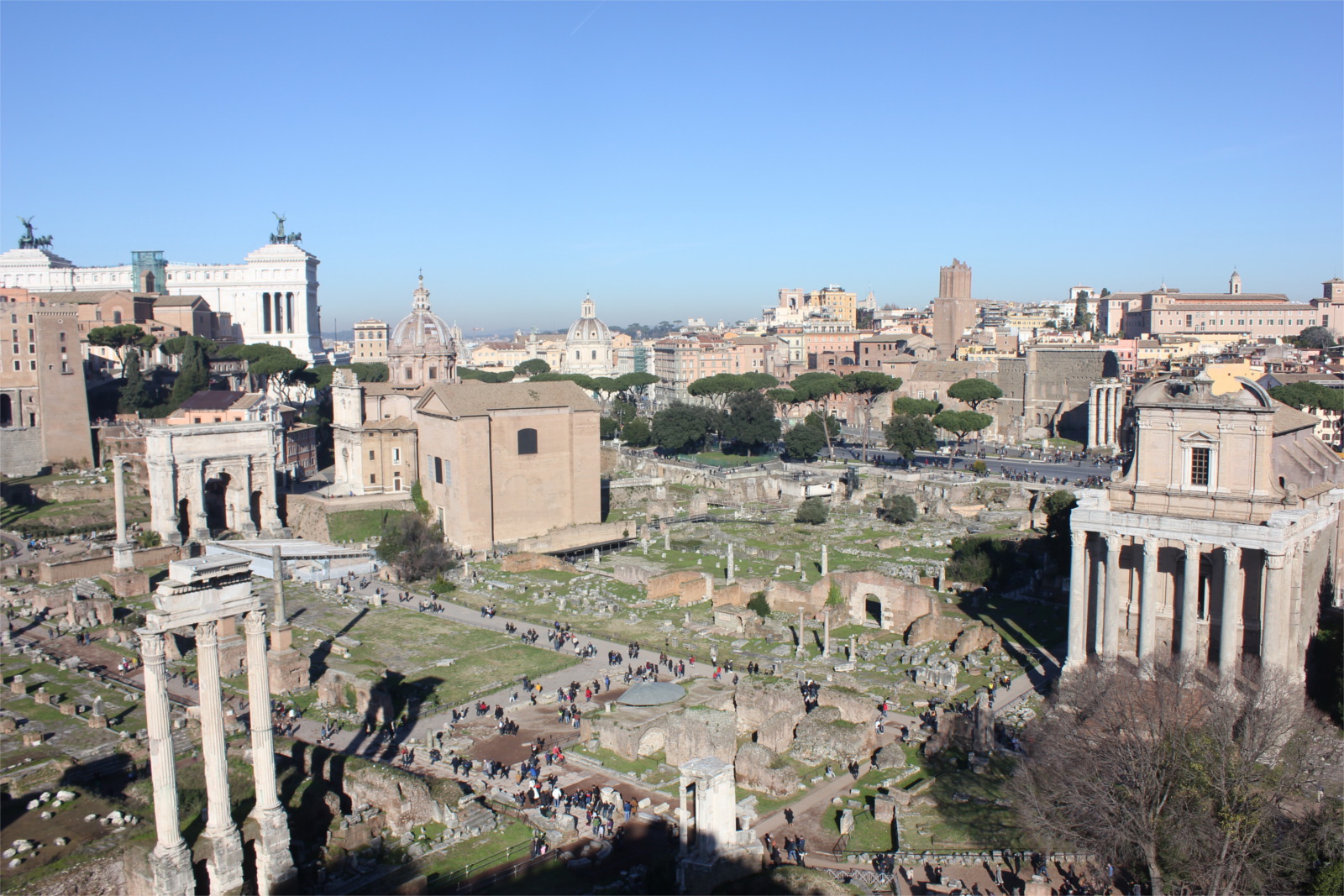

Picture taken by mysef : “Mostra Fantasmia Pompei” by Dario Assisi and Riccardo Maria Cipolla in National Museum of Naples, 2018-2019
[…] and this human life, the trace of which is only seen by the light of the volcanoes which have destroyed it, fills our hearts with profound melancholy. Here, for a long time, man lived, loved, suffered, and then perished – but where will you find his feelings, his thoughts? […] While you pass these cinders, which seem almost to breathe, you scarcely tread for fear some power should raise this dust where noble ideas once reigned. (2-IV,199)

A picture taken by myself in the National Museum of Naples
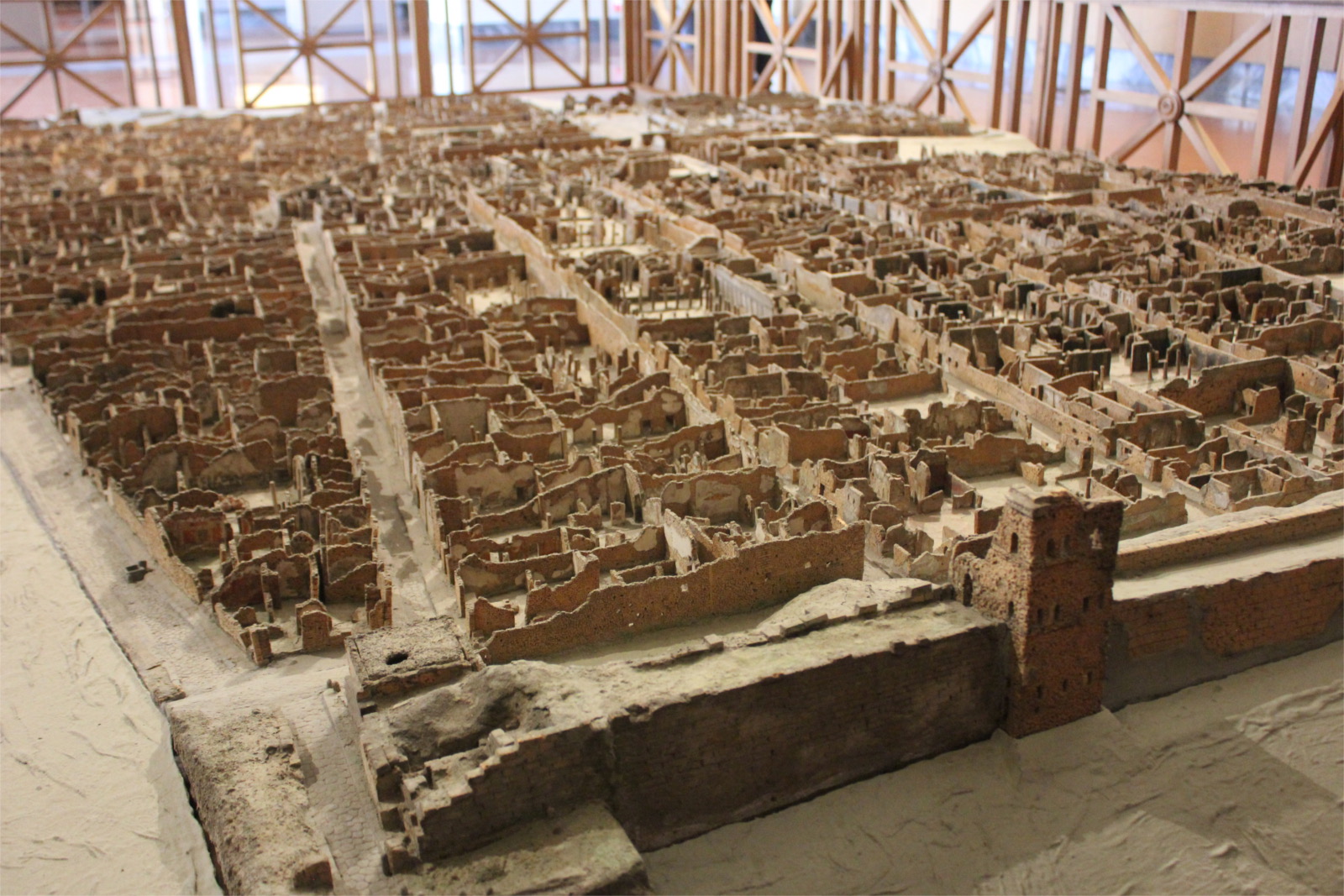
Explanation
The ancient city around modern day Pompei has become a world heritage ruin as a result of being buried by volcanic ash following the eruption of Vesuvius one early October afternoon in 79. Evidence suggests that fall fruits were in bloom. A full-scale excavation of the town has been carried out since the first half of the 18th century.